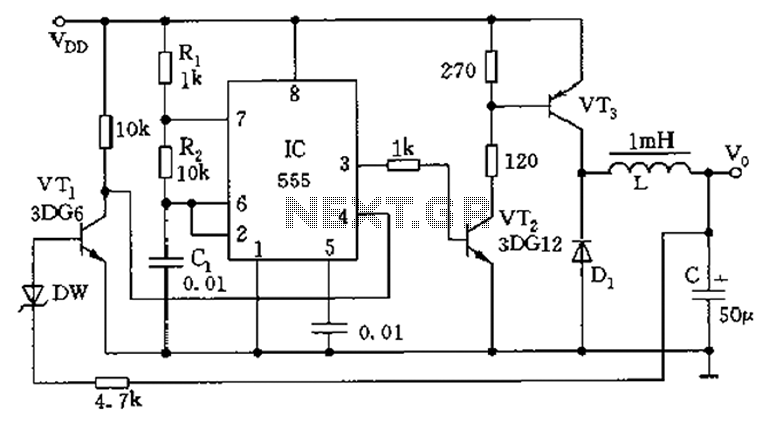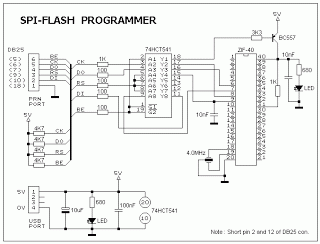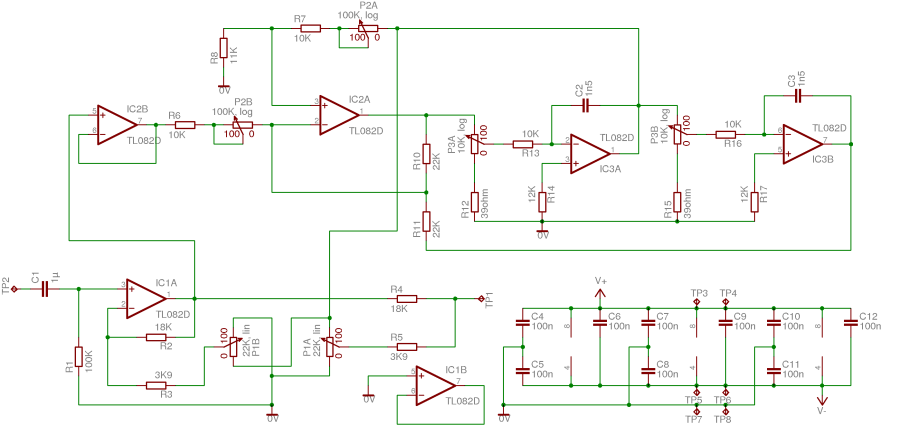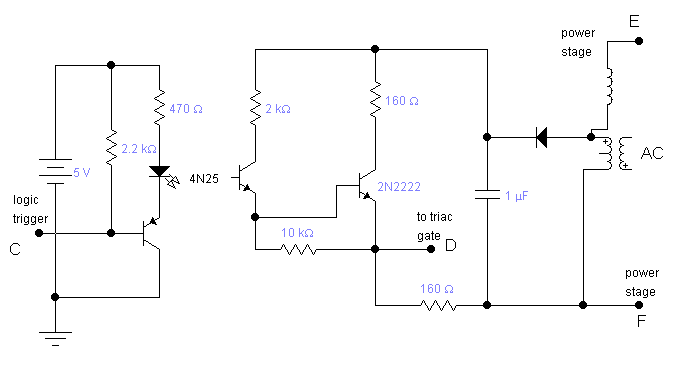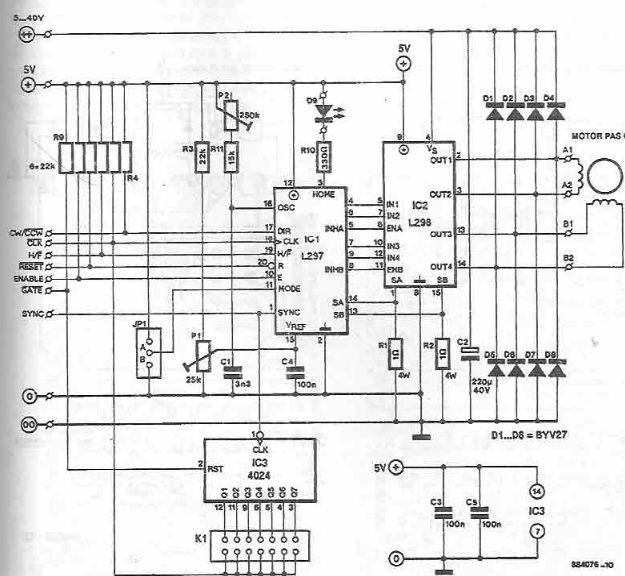
Icom IC-751 RAM reprogramming
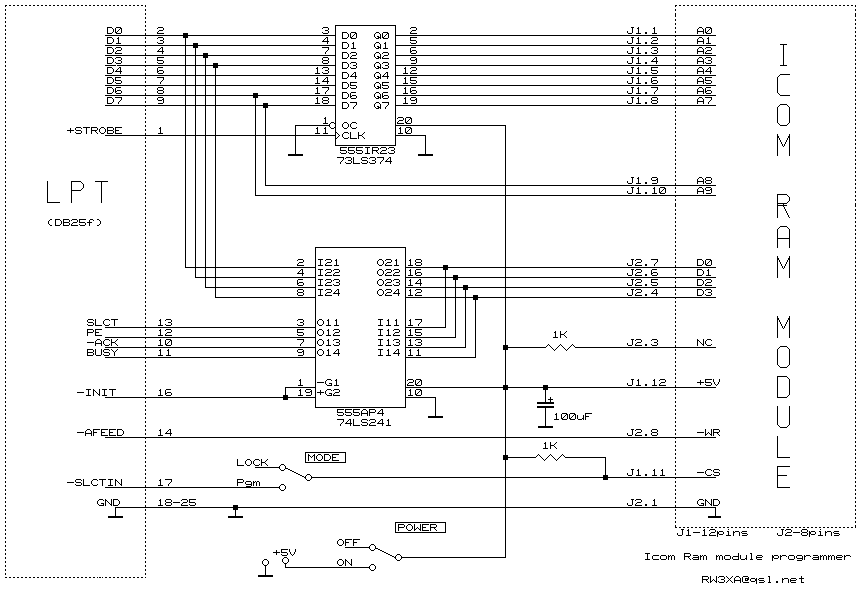
Everything appeared to be functioning normally. The half-duplex operation and pedal control in telegraphic mode allowed the operator to transmit while listening during pauses, seamlessly switching to the standard mode by simply pressing the pedal at the right moment. Previously, a similar method was utilized in the construction of a homemade transverter that worked with the R-250M2. Subsequently, a switch to another band was made. The designer's ergonomics, which involved a double action of pressing a knob followed by turning the tuning knob to change the range, was not immediately satisfactory. However, concern arose when, while tuned to 14025.0 kHz and changing the range, an inexplicable reading of 21049.4 kHz appeared on the scale. With experience in transceivers of similar classes, such as the 735 and 745, it was expected that the range would change to 21025, 28025, etc. However, the mysterious 049.4 remained on the scale. The transceiver was turned off for three minutes and then powered on again, but the strange defect persisted. Readers familiar with Murphy's laws understand that instructions are often read only when problems arise. Continuing in line with these laws, the unusual behavior during band selection could not be explained logically. It was suspected that a CMOS integrated circuit inside was defective. Previous experience with Ukrainian CMOS ICs from the Vinnitsa plant suggested that they were prone to issues, particularly local breakdowns leading to high current consumption and overheating, resulting in partial or complete malfunction. Upon reviewing the schematic diagrams, a small RAM module on the processor board was identified, confirming it was based on CMOS technology (similar to the K537RU14). This RAM was energy-dependent and was backed by a small 3V lithium coin battery to retain data during power outages. It was understood that turning off the power with a defective CMOS IC would terminate the ongoing effects and clear the data. It was anticipated that only the frequencies of memory channels and other processor information (stack, register records) would remain in RAM, similar to previous transceivers. Therefore, there was no concern about losing this data, as it could be re-entered later. The RAM module was removed, and the small battery was unsoldered for several minutes to unblock the IC.
The described circuit involves a half-duplex transceiver system that incorporates a pedal control mechanism for telegraphic operations. The system allows operators to transmit while simultaneously monitoring the output during pauses, enhancing communication efficiency. The transceiver's design features a dual-action control knob, which requires both pressing and turning to change frequency ranges. This design choice may lead to user frustration due to its complexity.
The unexpected frequency reading of 21049.4 kHz indicates a potential malfunction within the frequency selection circuitry. The reliance on CMOS technology for RAM storage introduces vulnerabilities, particularly in the event of power loss or component failure. CMOS ICs are known for their low power consumption but can exhibit erratic behavior when subjected to thermal stress or electrical overstress. The identification of a RAM module that retains critical operational data during power cycles is essential for maintaining the functionality of the transceiver.
The presence of a 3V lithium coin battery indicates a design consideration for non-volatile memory, allowing the device to retain settings and configurations even when powered down. However, the potential for failure in the CMOS RAM due to local breakdowns raises concerns about reliability. The process of unsoldering the battery to reset the RAM and restore normal operation is a practical solution, albeit one that may require technical expertise.
Overall, the described transceiver system showcases a blend of innovative design and inherent challenges associated with CMOS technology. The ability to troubleshoot and rectify issues related to memory retention and frequency selection is crucial for ensuring optimal performance in communication applications.Everything, it seemed, functioned normally. To me was pleased both half-duplex and work from the pedal in the telegraphic regime, when operator has the capability transferring, to listen to in the pauses of his transfer and here to pass into the usual regime, having simply harvested to the pedal at the necessary moment. Earlier I used the same approach with the construction of the home-made transverter, which worked with R -250M2.
Then I was switched to another band. To me was not immediately pleased used by designer sufficiently foolish ergonomics of double action, i. e. , pushing of knob, and then the turning of the tuning knob of apparatus for changing the range. However, I properly was worried, when, being located to 14025. 0 and changing range, I saw on the scale incomprehensible 21049. 4 kHz! Already having an experience with the transceivers, mentioned above, including the apparatuses of approximately the same class - 735 and 745, I was convinced that I must prove to be after the change of range to 21025, 28025 and so on.
But mysterious 049. 4 as before remained on the scale! I turned off transceiver, waited three minutes, then was again included it. Strange defect was present. Those of the readers, who although once read Murphy`s laws, must know that no one immediately reads instruction, encountering problems. Yes even Murphy`s itself recommends the reading them only when it ceases to work absolutely all. So I honestly continued further completely in accordance with old Murphy`s laws. Observing the strange transition point with the band selection, which by no means could not be explained from the position of the common sense (I he forgot about one - programmers in firm ICOM generally we could ever not be wireless enthusiasts), I solved, that some one of CMOS IS, which are been located inside, it was defective.
Before the fact in me was sufficiently "pleasant" long-term practice with Ukrainian CMOS IS of the production of Vinnitsa plant (well this trash, 4 to you I will report!), those with especially subjected to the effect of the fastening, when in IS occurs the local breakdown of CMOS- structures, it begins to consume high current, strongly it nagrevayetsya and it does not function, in full or in part, as it is assumed to it. I opened schematic diagrams, very rapidly revealed small RAM on the pay of processor even it defined, that IS RAM was executed exactly on the CMOS- technology (analog of our K537RU14, which can be here used).
Since RAM was energy-dependent, on the shawl was present small 3 v lithium small battery with size coin, preserving contained IS during turning offs of nourishment. 4 he already knew that turning off of nourishment with defective CMOS IS must end the begun effect of fastening and at the same time clean contained IS.
Certainly, I was confident, that in RAM must remain only the frequencies of the channels of memory and other current information of processor (stack, register records) - exactly as in those transceivers, with which 4 already dealt. Therefore 4 completely it did not fear, what these data propadut - you will think, will introduce the channels of memory again.
I boldly it took out to shawl RAM it unsoldered small battery by several minutes, sufficient, in order to unblock IS, which f 🔗 External reference
The described circuit involves a half-duplex transceiver system that incorporates a pedal control mechanism for telegraphic operations. The system allows operators to transmit while simultaneously monitoring the output during pauses, enhancing communication efficiency. The transceiver's design features a dual-action control knob, which requires both pressing and turning to change frequency ranges. This design choice may lead to user frustration due to its complexity.
The unexpected frequency reading of 21049.4 kHz indicates a potential malfunction within the frequency selection circuitry. The reliance on CMOS technology for RAM storage introduces vulnerabilities, particularly in the event of power loss or component failure. CMOS ICs are known for their low power consumption but can exhibit erratic behavior when subjected to thermal stress or electrical overstress. The identification of a RAM module that retains critical operational data during power cycles is essential for maintaining the functionality of the transceiver.
The presence of a 3V lithium coin battery indicates a design consideration for non-volatile memory, allowing the device to retain settings and configurations even when powered down. However, the potential for failure in the CMOS RAM due to local breakdowns raises concerns about reliability. The process of unsoldering the battery to reset the RAM and restore normal operation is a practical solution, albeit one that may require technical expertise.
Overall, the described transceiver system showcases a blend of innovative design and inherent challenges associated with CMOS technology. The ability to troubleshoot and rectify issues related to memory retention and frequency selection is crucial for ensuring optimal performance in communication applications.Everything, it seemed, functioned normally. To me was pleased both half-duplex and work from the pedal in the telegraphic regime, when operator has the capability transferring, to listen to in the pauses of his transfer and here to pass into the usual regime, having simply harvested to the pedal at the necessary moment. Earlier I used the same approach with the construction of the home-made transverter, which worked with R -250M2.
Then I was switched to another band. To me was not immediately pleased used by designer sufficiently foolish ergonomics of double action, i. e. , pushing of knob, and then the turning of the tuning knob of apparatus for changing the range. However, I properly was worried, when, being located to 14025. 0 and changing range, I saw on the scale incomprehensible 21049. 4 kHz! Already having an experience with the transceivers, mentioned above, including the apparatuses of approximately the same class - 735 and 745, I was convinced that I must prove to be after the change of range to 21025, 28025 and so on.
But mysterious 049. 4 as before remained on the scale! I turned off transceiver, waited three minutes, then was again included it. Strange defect was present. Those of the readers, who although once read Murphy`s laws, must know that no one immediately reads instruction, encountering problems. Yes even Murphy`s itself recommends the reading them only when it ceases to work absolutely all. So I honestly continued further completely in accordance with old Murphy`s laws. Observing the strange transition point with the band selection, which by no means could not be explained from the position of the common sense (I he forgot about one - programmers in firm ICOM generally we could ever not be wireless enthusiasts), I solved, that some one of CMOS IS, which are been located inside, it was defective.
Before the fact in me was sufficiently "pleasant" long-term practice with Ukrainian CMOS IS of the production of Vinnitsa plant (well this trash, 4 to you I will report!), those with especially subjected to the effect of the fastening, when in IS occurs the local breakdown of CMOS- structures, it begins to consume high current, strongly it nagrevayetsya and it does not function, in full or in part, as it is assumed to it. I opened schematic diagrams, very rapidly revealed small RAM on the pay of processor even it defined, that IS RAM was executed exactly on the CMOS- technology (analog of our K537RU14, which can be here used).
Since RAM was energy-dependent, on the shawl was present small 3 v lithium small battery with size coin, preserving contained IS during turning offs of nourishment. 4 he already knew that turning off of nourishment with defective CMOS IS must end the begun effect of fastening and at the same time clean contained IS.
Certainly, I was confident, that in RAM must remain only the frequencies of the channels of memory and other current information of processor (stack, register records) - exactly as in those transceivers, with which 4 already dealt. Therefore 4 completely it did not fear, what these data propadut - you will think, will introduce the channels of memory again.
I boldly it took out to shawl RAM it unsoldered small battery by several minutes, sufficient, in order to unblock IS, which f 🔗 External reference
